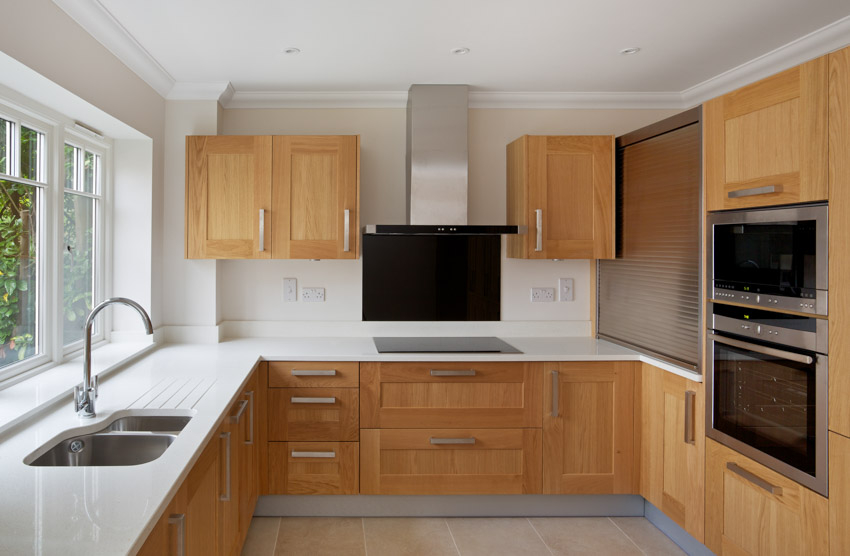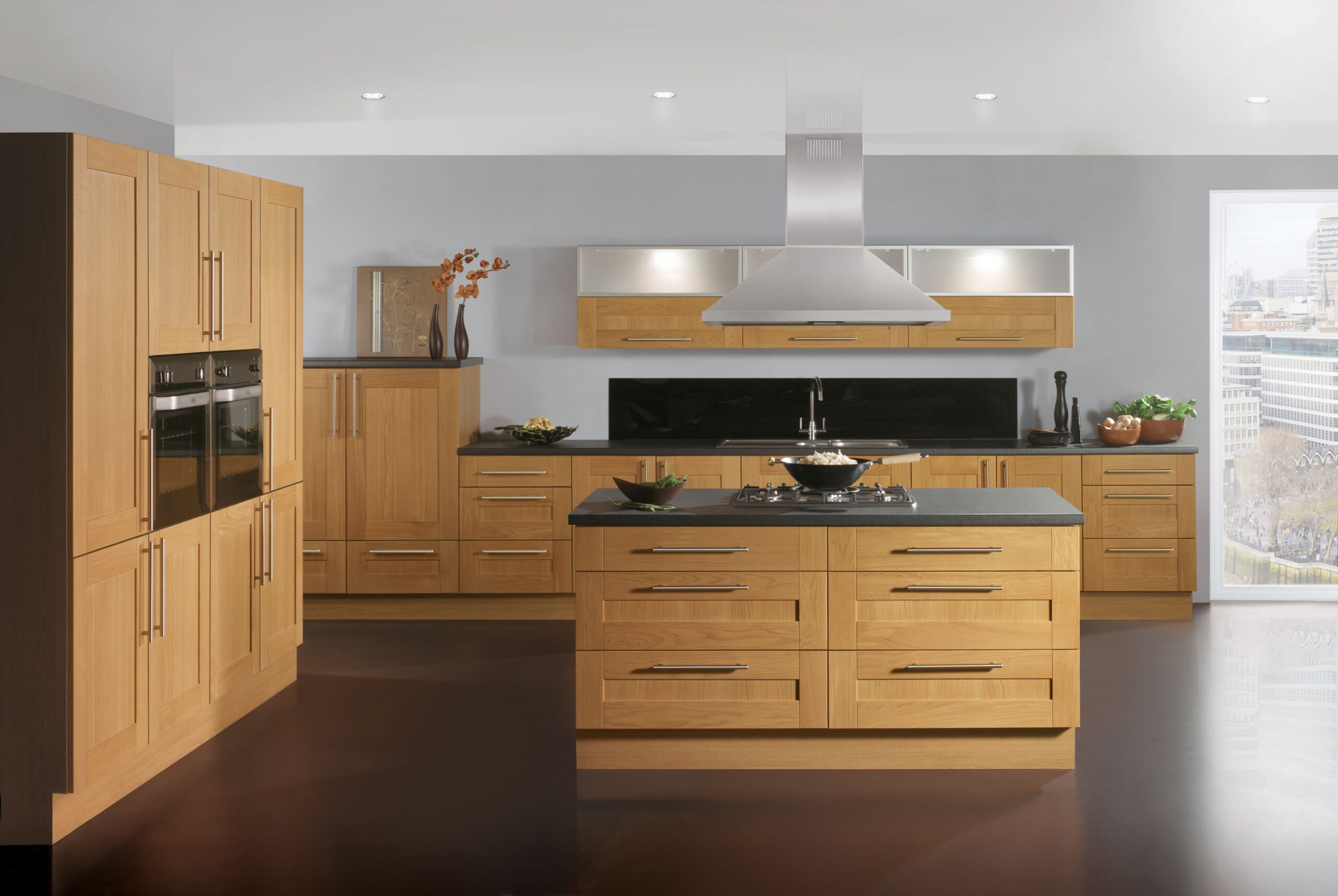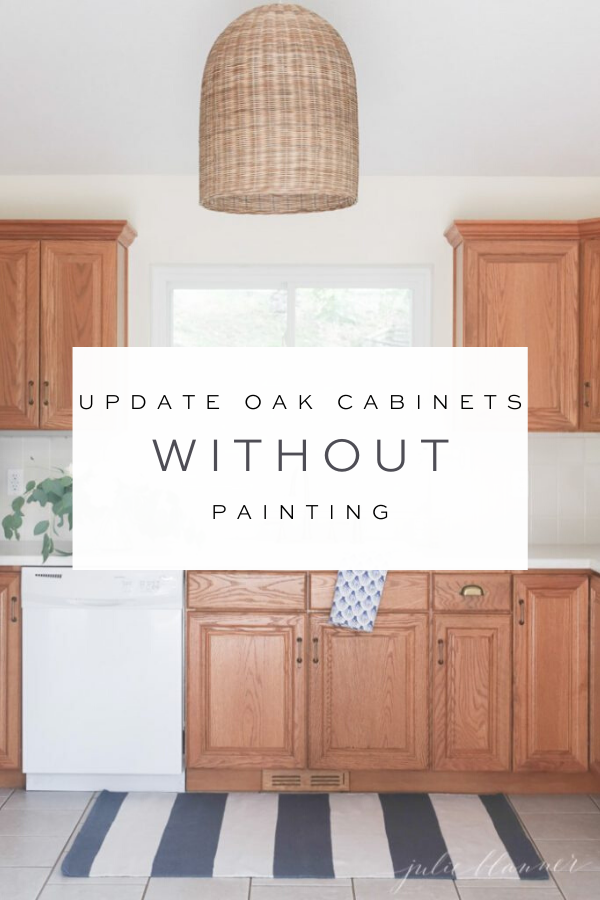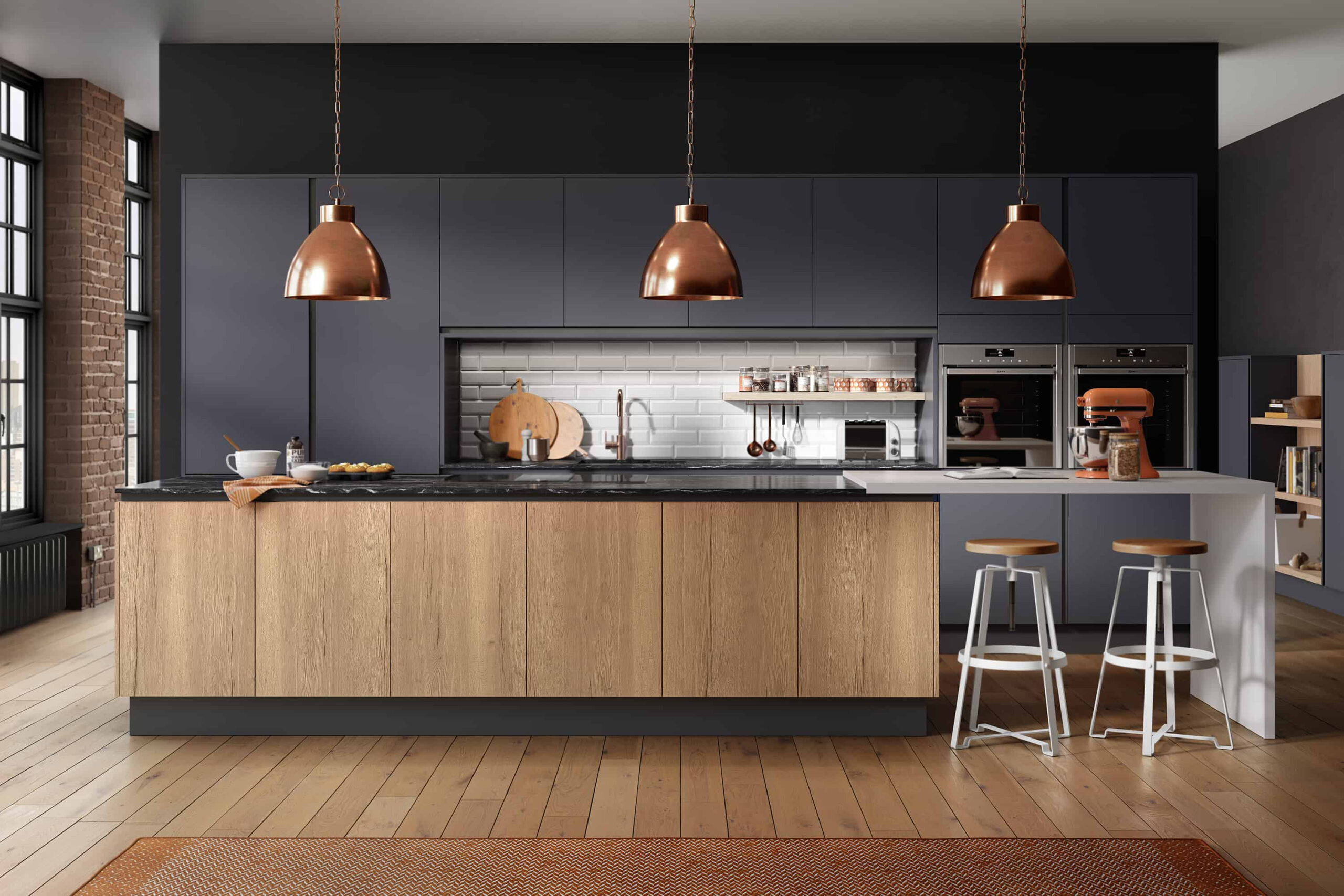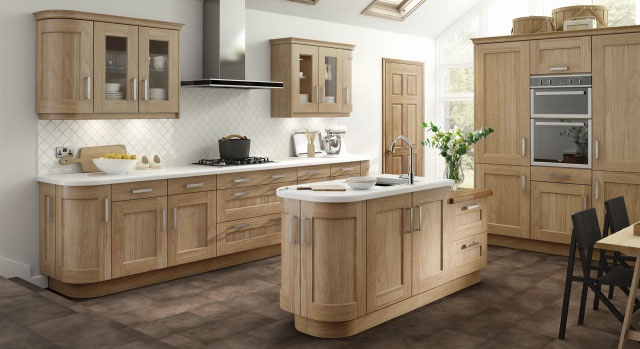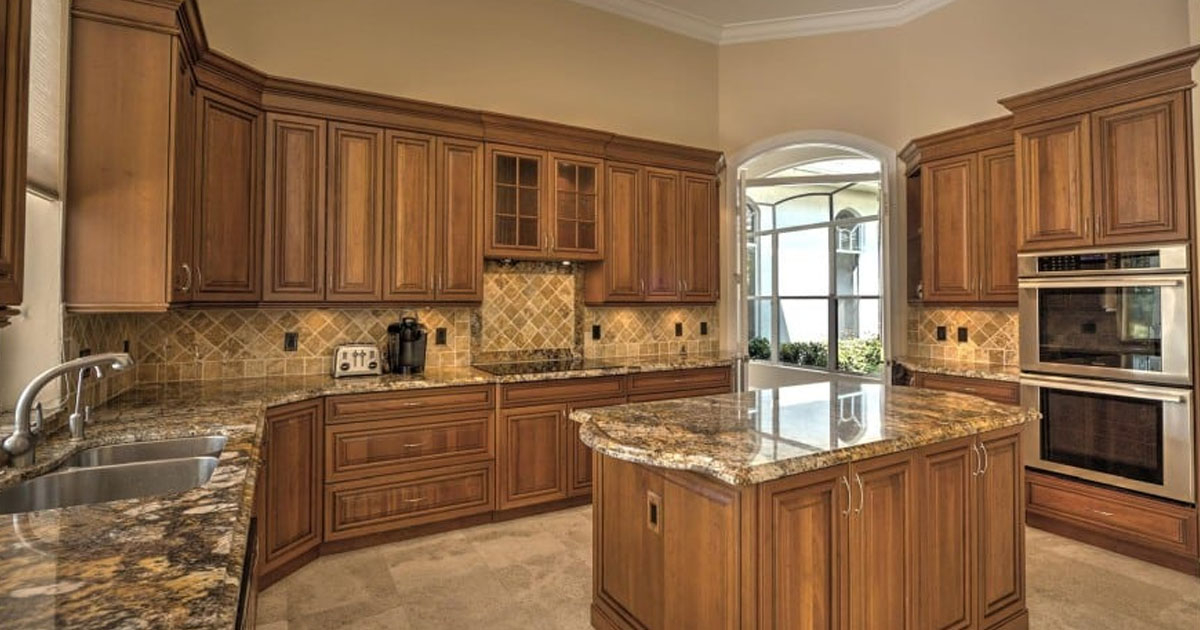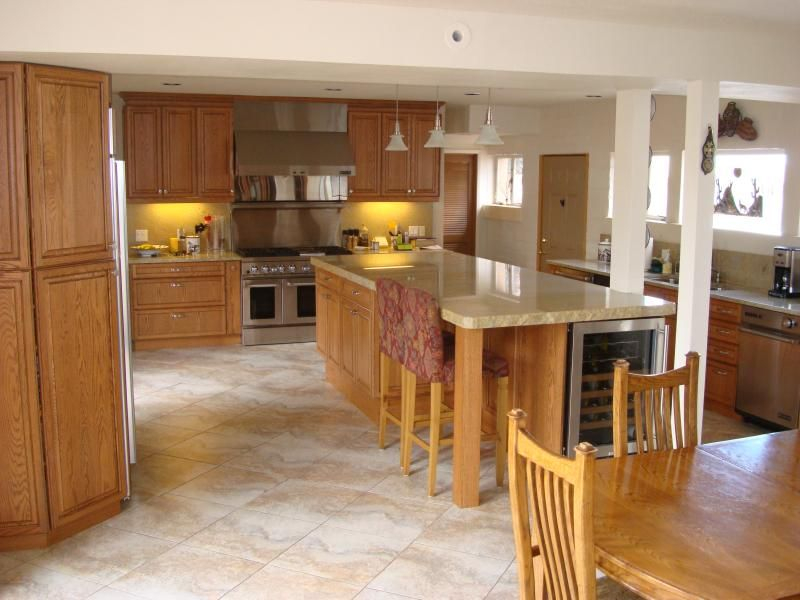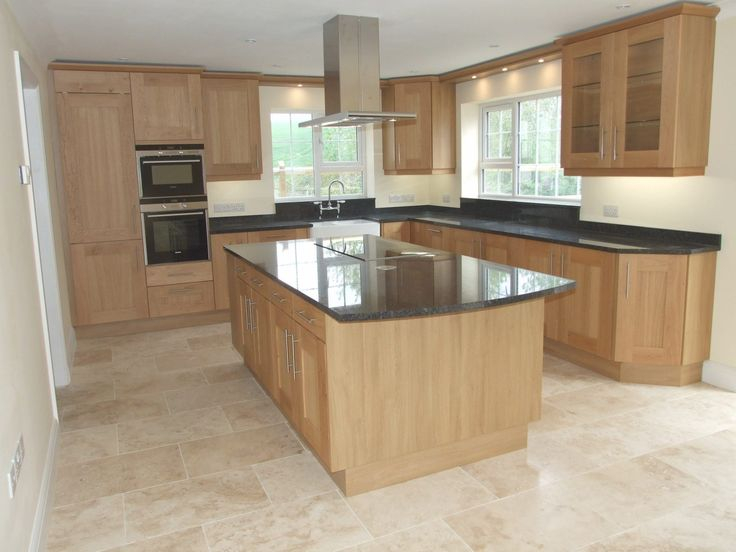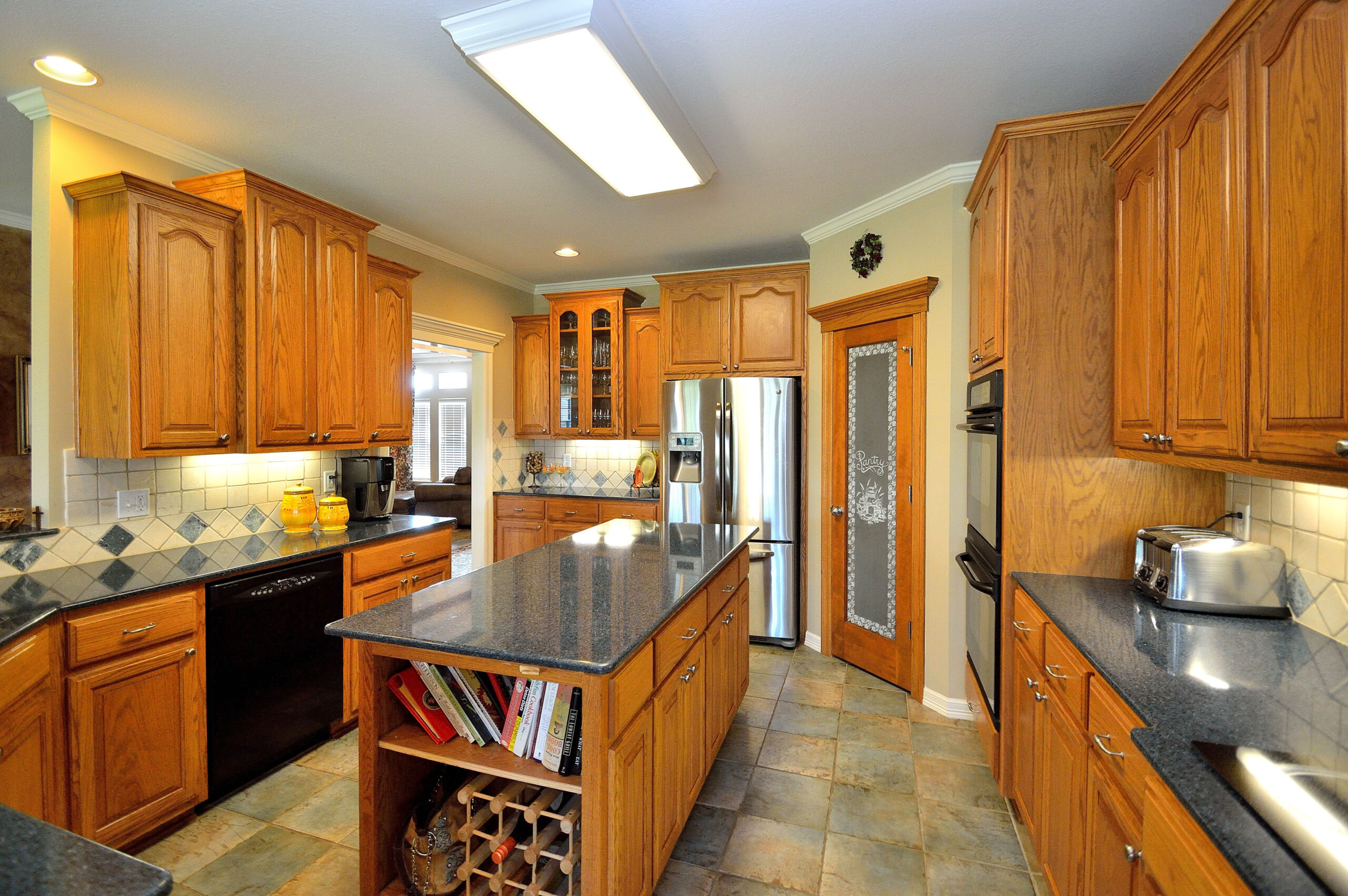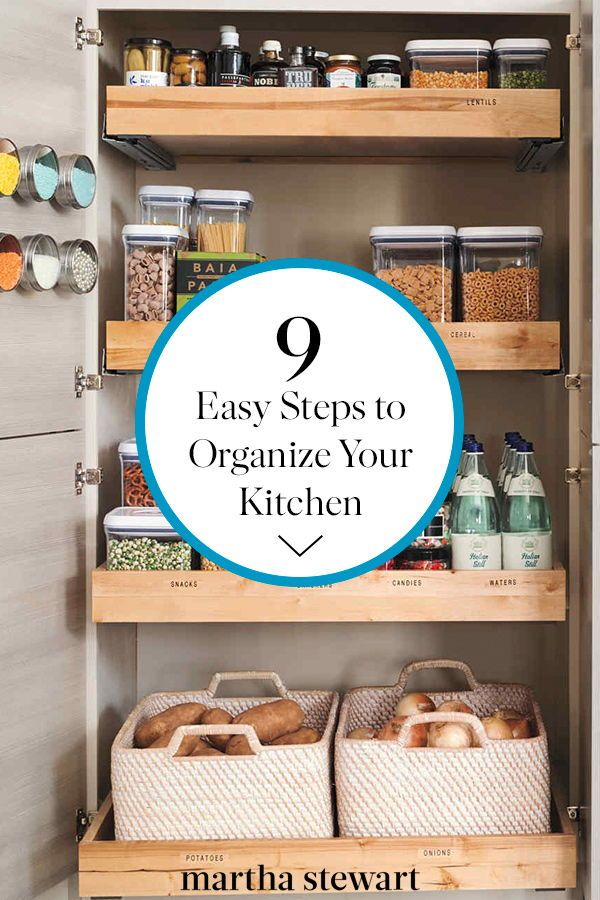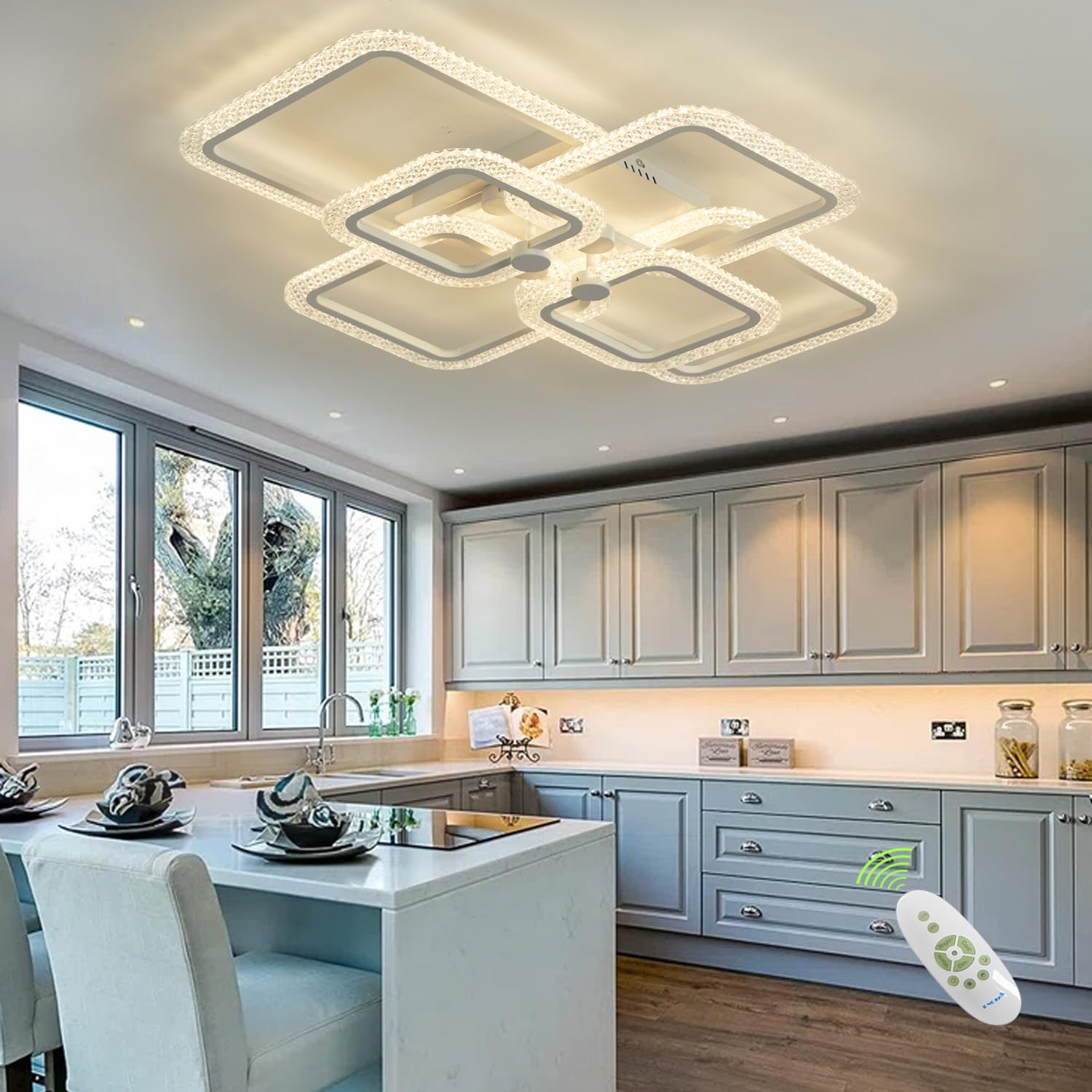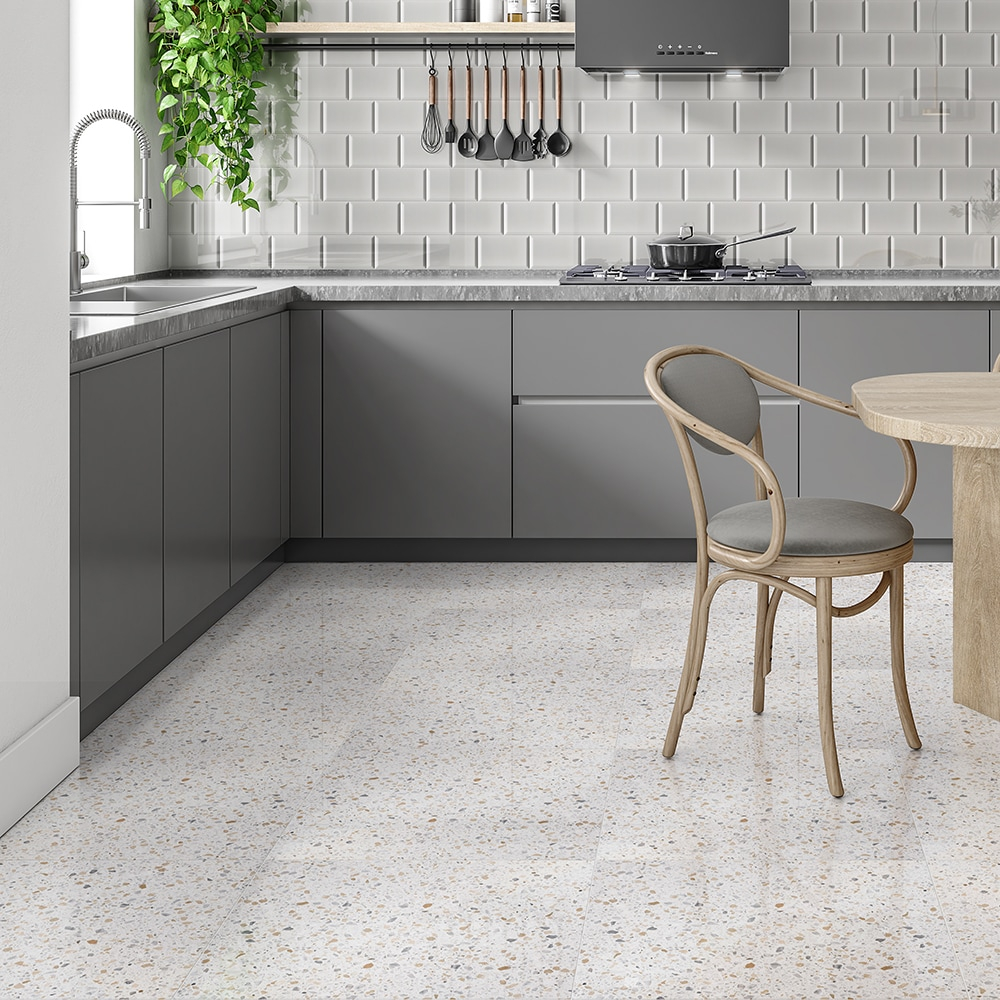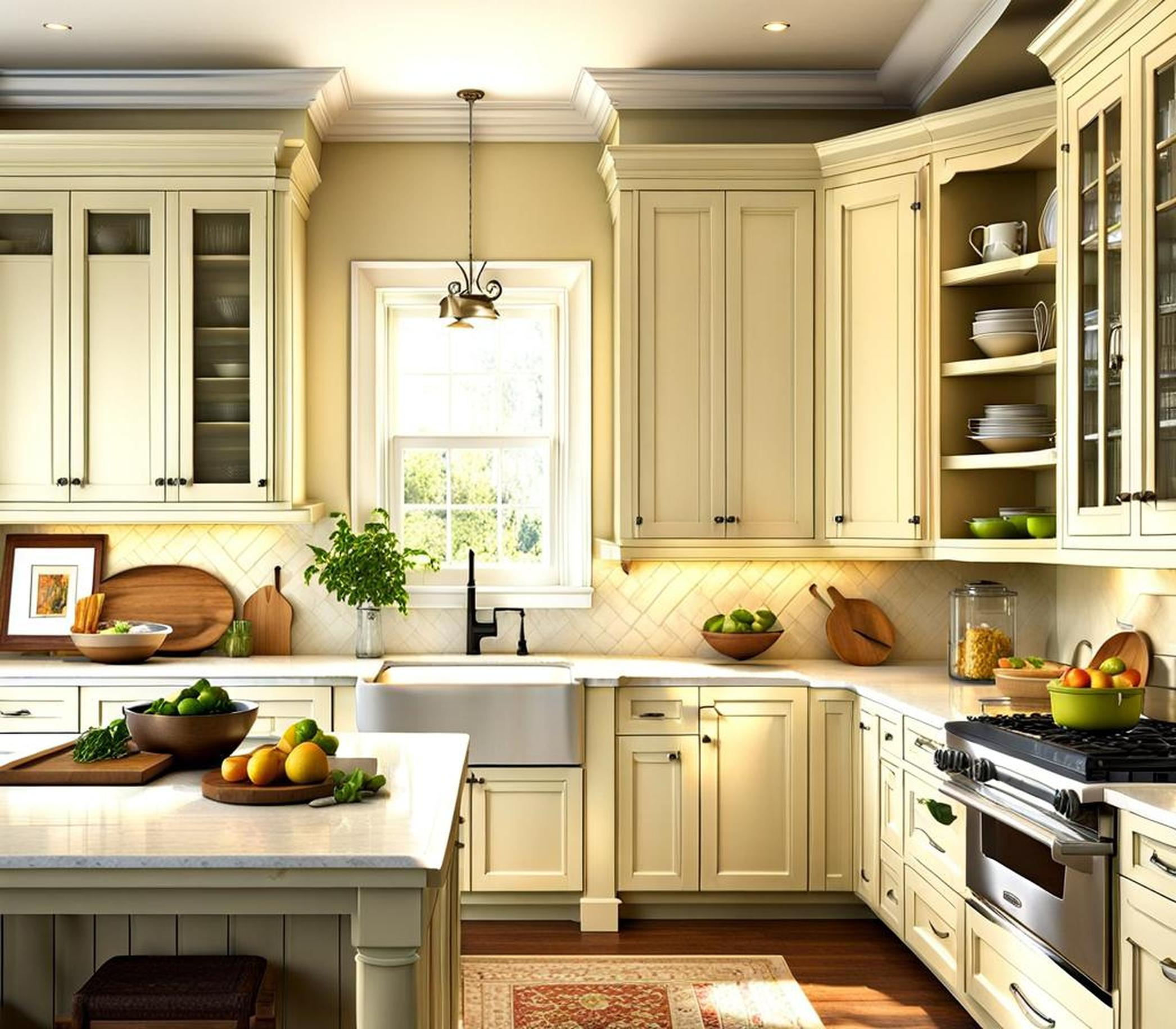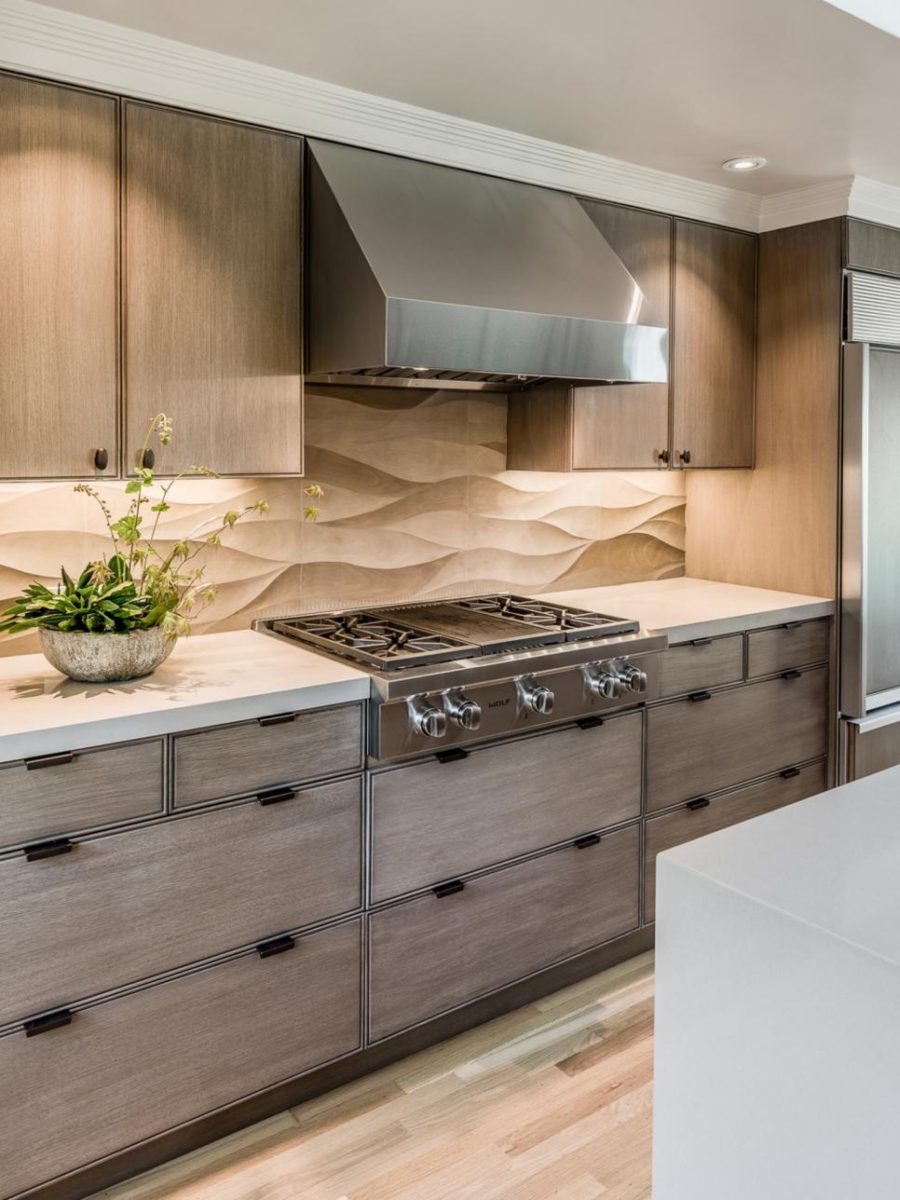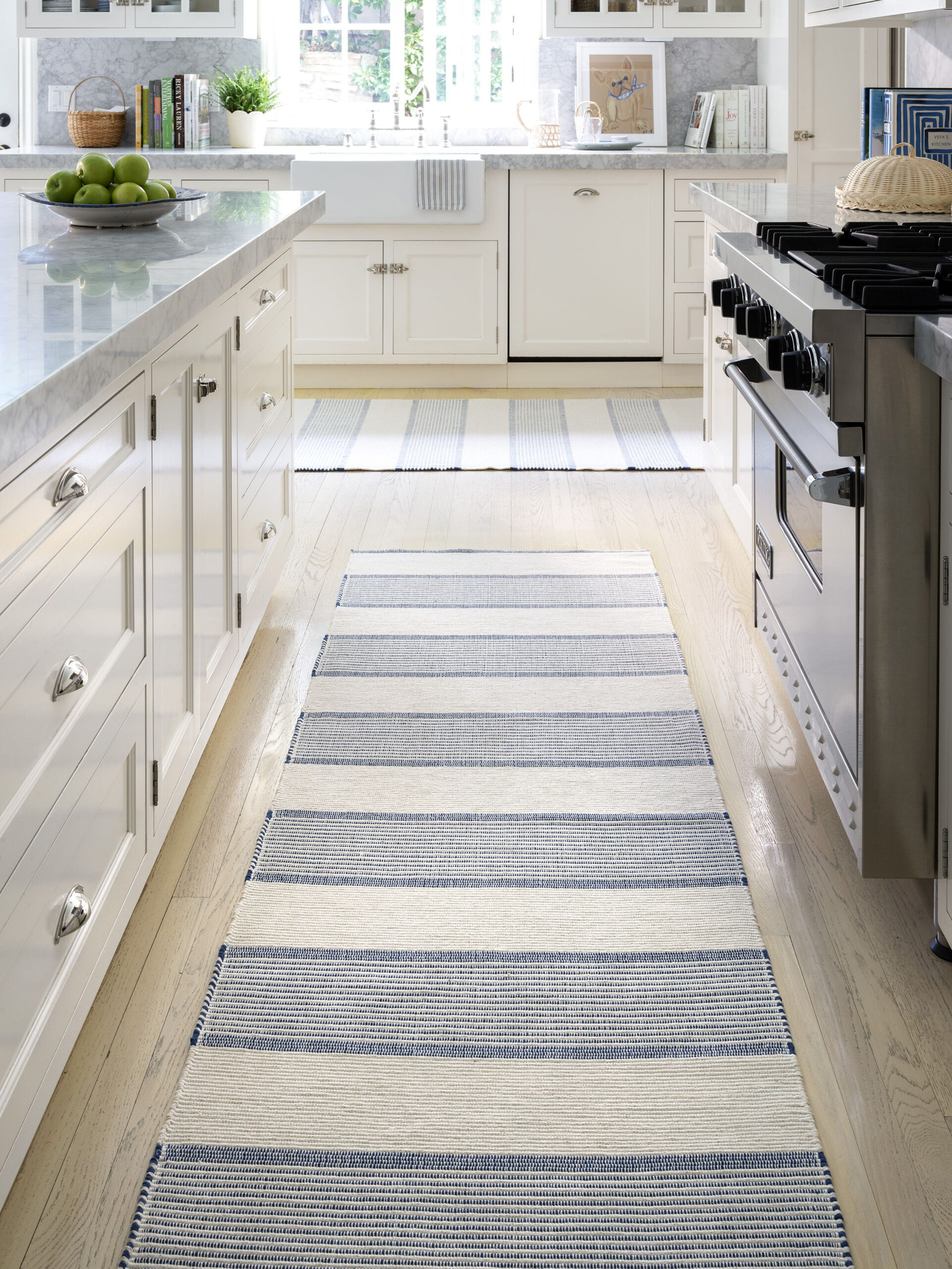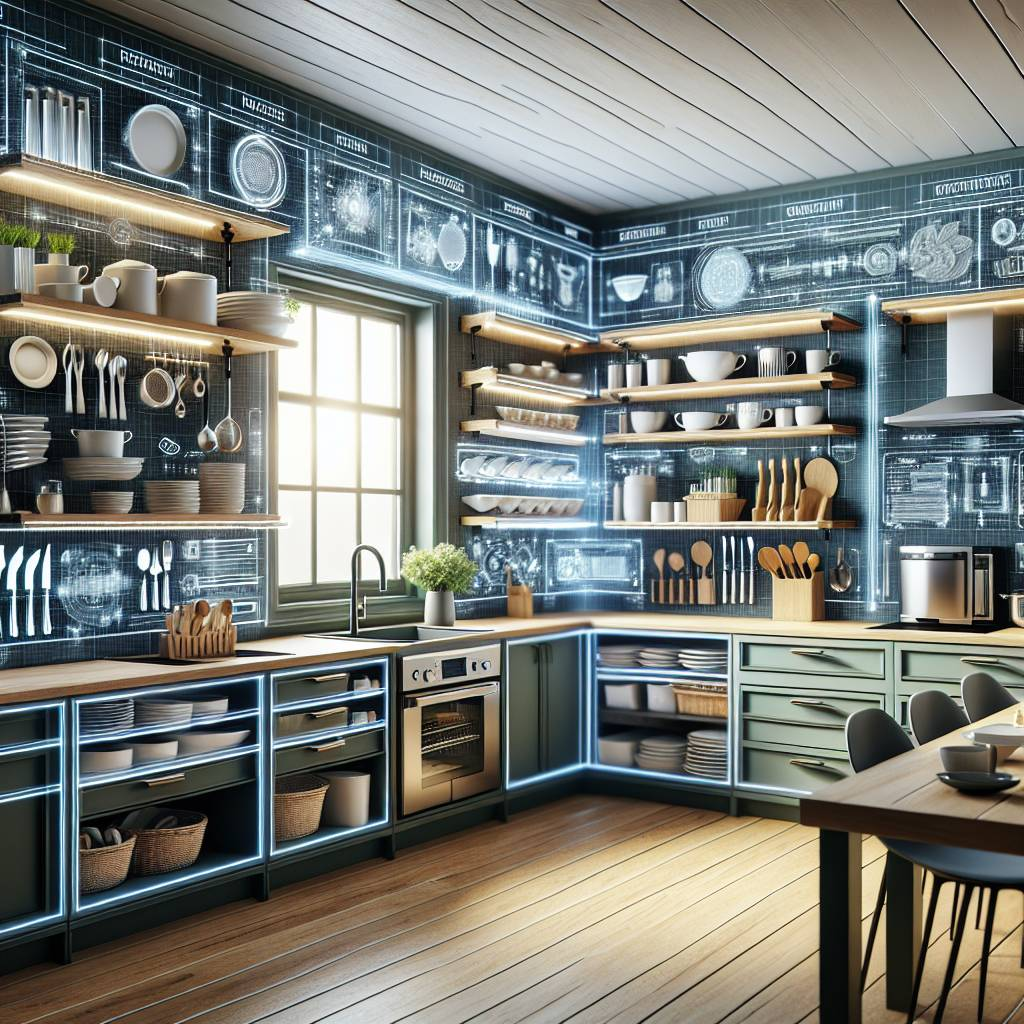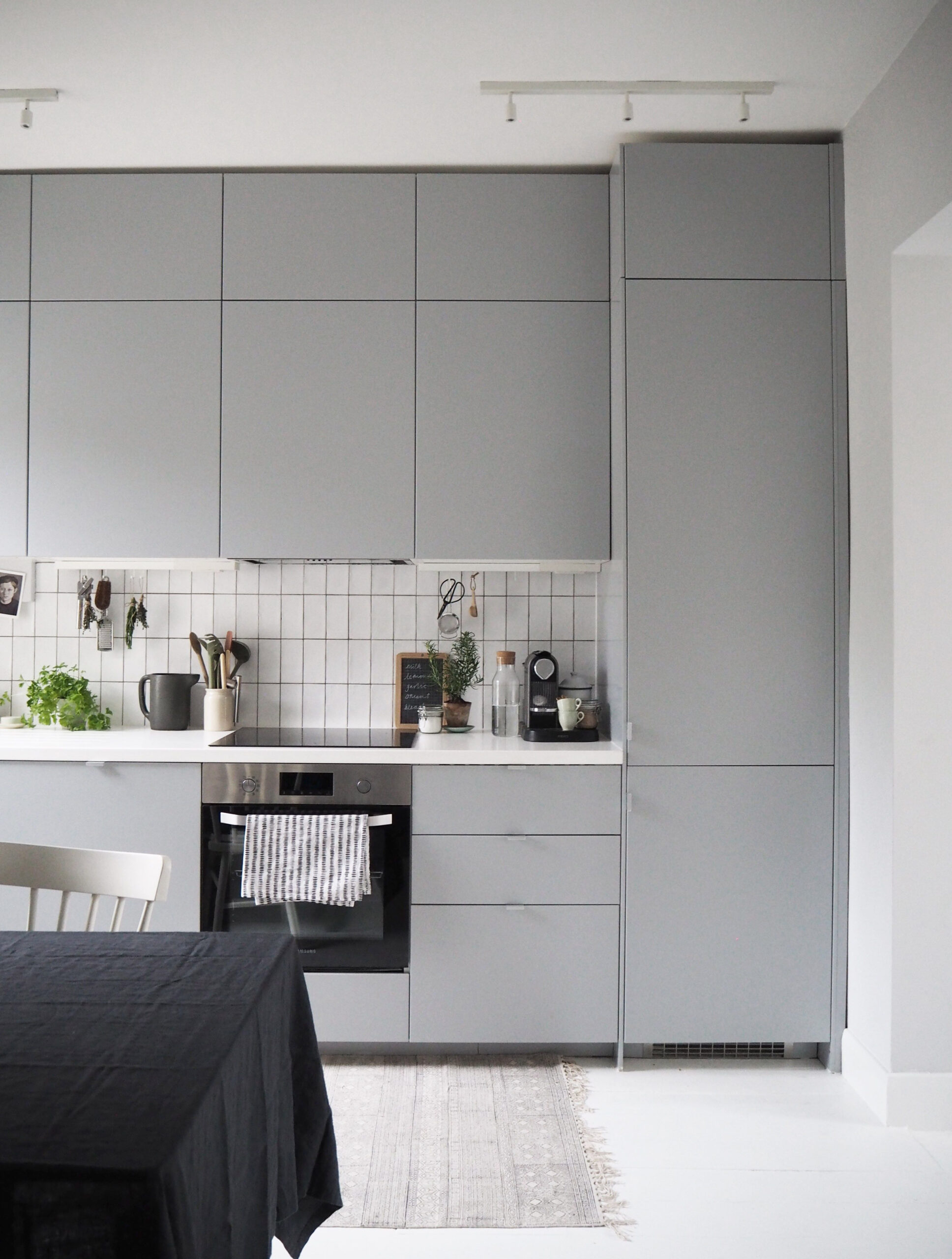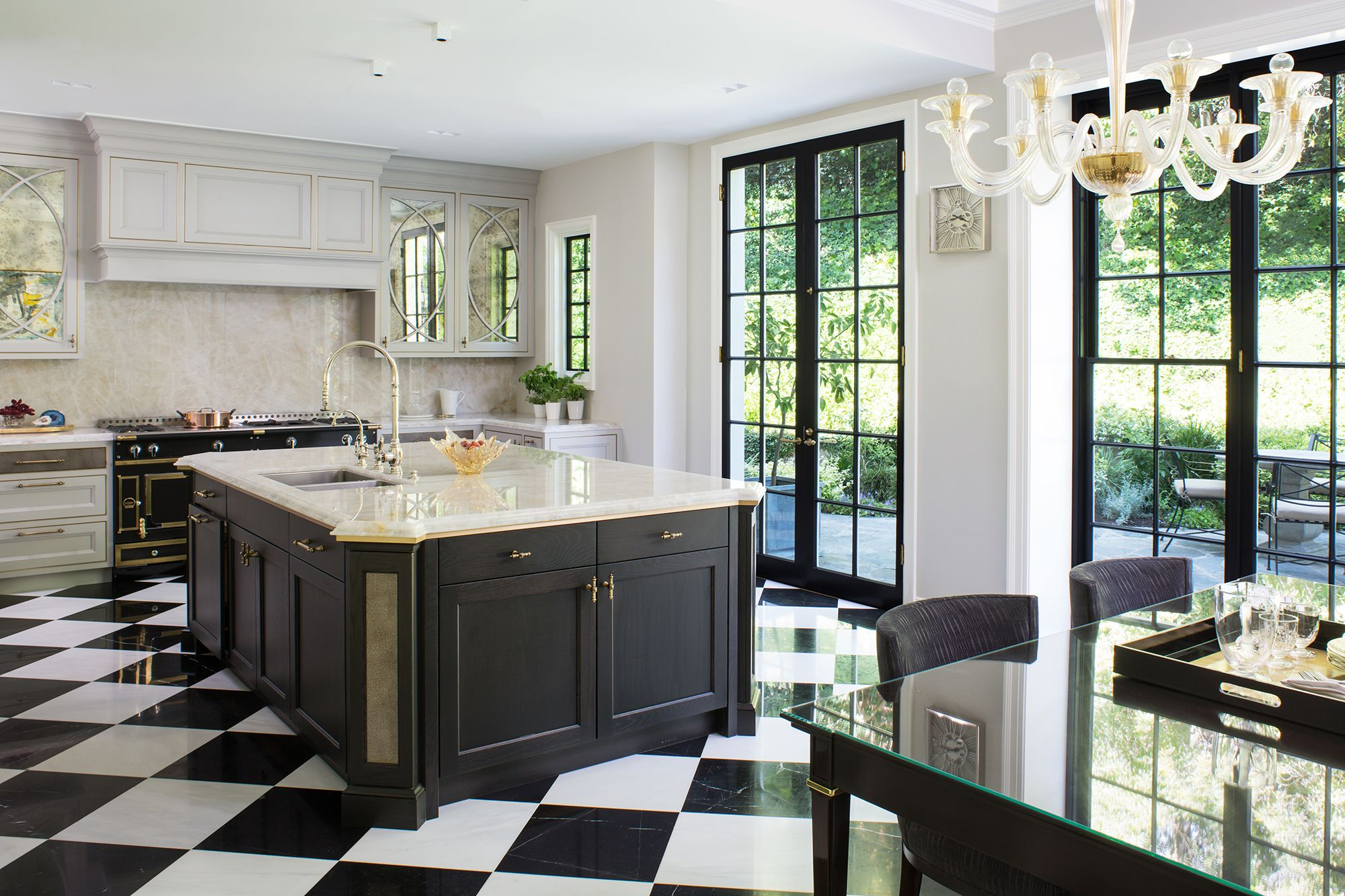Thinking about a kitchen renovation or a new build? You might be weighing up different materials for your cabinets, countertops, or even flooring. It’s easy to get lost in the sea of options, but some materials just have a way of standing the test of time, and oak is definitely one of them. It’s a material that balances tradition with a fresh, modern feel, making it a popular pick for kitchens right now. But what exactly makes oak such a compelling choice for today’s homes?
When we talk about kitchen design, certain materials just keep coming up, time and time again. Wood, in general, brings warmth and character that synthetic materials often struggle to replicate. And among the many wood species available, oak holds a special place. It’s been a go-to for furniture and cabinetry for centuries, and its popularity hasn’t waned, even as kitchen styles have evolved. But why? What’s the big deal with oak in a modern setting? Let’s dive in and see what makes this classic material a smart and stylish selection for your kitchen.
Understanding Oak: More Than Just a Pretty Grain
So, what exactly is oak. It’s a hardwood, which is a good start. Hardwoods, as the name suggests, are denser and more robust than softwoods like pine. This inherent toughness translates directly to durability in your kitchen, a space that sees a lot of action. Think about it: you’re chopping, dropping, and generally living in your kitchen. You need materials that can keep up. Oak’s dense structure means it’s resistant to dents and scratches, which is a huge plus. Plus, it’s naturally resistant to decay and fungi, which is always a bonus when dealing with potential moisture in a kitchen environment. There are different types of oak, too, like Red Oak and White Oak, each with slightly different characteristics and appearances. White oak, for instance, often has a more subdued, grayish-brown tone and is generally considered more water-resistant than red oak, making it a particularly favored option for kitchens and bathrooms.
The Aesthetic Appeal: Oak’s Versatile Style
One of the biggest draws of oak is its incredible versatility when it comes to style. The distinctive grain patterns are a big part of its charm, offering visual interest without being overpowering. Whether you prefer a more traditional, rustic look or a sleek, contemporary vibe, oak can adapt. For a modern kitchen, you might opt for rift-sawn or quarter-sawn oak. This cutting method produces straighter, more uniform grain lines, giving the wood a cleaner, more minimalist appearance that really complements modern design. You can also stain oak in a huge range of colors. Want a light, airy Scandinavian feel. Go for a whitewashed or pale natural stain. Prefer a dramatic, moody kitchen. Dark ebony or deep espresso stains can look stunning. And let’s not forget the natural beauty of oak. A clear or light natural finish allows the wood’s inherent color and grain to shine through, creating a warm and inviting atmosphere. It’s a look that feels both grounded and sophisticated.
Durability and Longevity: An Investment in Your Kitchen
When you’re investing in a kitchen, you want it to last. And oak certainly delivers on the longevity front. Its hardness means it can withstand the daily wear and tear that kitchens are subjected to. Imagine your cabinet doors. They’re opened and closed countless times a day. Oak handles this constant use with grace. Countertops made from oak, while requiring a bit more maintenance than, say, quartz, can develop a beautiful patina over time. This means they don’t just age; they mature, gaining character. This durability also means that oak cabinets or flooring can last for decades, potentially outliving other elements of your kitchen design that might go out of fashion. It’s a choice that’s not just about the present; it’s about creating a kitchen that will serve you and your family well for a very long time. Think of it as building value into your home.
Practical Considerations: Care and Maintenance
Now, no material is completely maintenance-free, and oak is no exception. However, its upkeep is generally quite manageable. For oak cabinetry, a good quality sealant or finish is key. Regular dusting with a soft cloth is usually all that’s needed for daily care. For spills or sticky messes, a damp (not wet) cloth followed by a dry one will do the trick. Avoid harsh chemical cleaners, as these can damage the finish and the wood itself. If you’re considering oak countertops, they typically require a bit more attention. They’ll need to be sealed periodically, and you’ll want to use cutting boards to protect the surface from direct knife contact. Wiping up spills promptly is also crucial to prevent staining. Despite these small considerations, many find the beauty and warmth that oak brings to the kitchen well worth the minimal extra effort. It’s about treating your surfaces with a little respect, and in return, they’ll reward you with years of service and beauty.
Cost-Effectiveness: Value for Your Money
While oak isn’t the cheapest wood on the market, it offers excellent value for money when you consider its durability and aesthetic appeal. When compared to more exotic hardwoods or some high-end engineered materials, oak often strikes a good balance between quality and price. Think about the long-term cost. Because oak is so durable and can be refinished if needed, you’re less likely to need to replace it down the line. This can save you significant money over the lifespan of your kitchen. It’s a material that doesn’t compromise on quality, and that resilience means it’s a smart financial decision for your home. You’re paying for a material that will perform well and look good for years to come, rather than a cheaper alternative that might need replacing sooner rather than later. That’s the kind of value that really matters in home improvement.
Integrating Oak in a Modern Kitchen Palette
So, how do you actually bring oak into a modern kitchen design without it feeling dated. The key is in the execution and the surrounding elements. For a truly contemporary look, pair oak cabinets with sleek, minimalist hardware – think brushed nickel or matte black. Complement the wood with modern countertops like quartz or granite in neutral tones, or even a concrete finish for an industrial edge. Consider open shelving made from oak to display curated items, adding a touch of warmth to an otherwise minimalist space. For flooring, wide plank oak floors in a light or natural finish can anchor a modern kitchen beautifully. Even small touches, like an oak cutting board on the counter or an oak-framed mirror, can introduce the material’s natural beauty. The trick is to let the oak be a feature, but one that harmonizes with the overall modern aesthetic, rather than dominating it. It’s about creating a dialogue between the natural warmth of the wood and the clean lines of contemporary design.
Ultimately, choosing materials for your kitchen is a personal journey. But when you look at the combination of natural beauty, remarkable durability, stylistic adaptability, and long-term value, oak emerges as a truly exceptional option for modern kitchens. It’s a material that’s lived through generations and shows no signs of slowing down. Whether you’re drawn to its classic grain, its ability to be stained in countless hues, or simply its robust nature, oak offers a foundation of quality and warmth that’s hard to beat. So, as you plan your kitchen, don’t overlook this timeless classic. It might just be the perfect ingredient to create the beautiful, functional, and enduring space you’ve been dreaming of.

